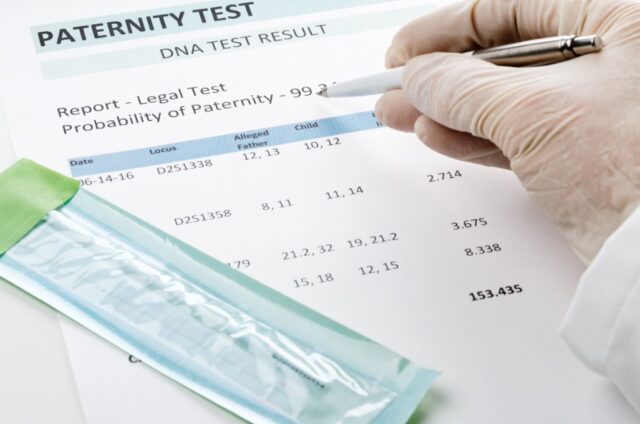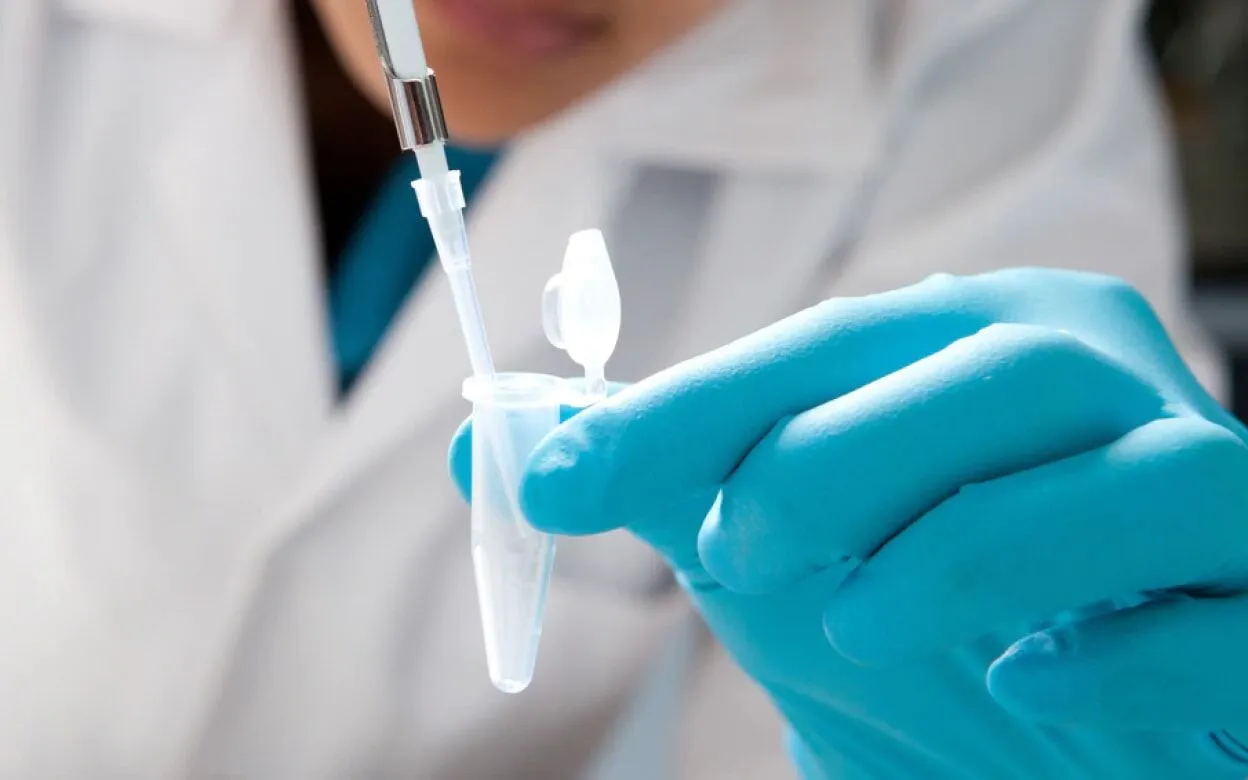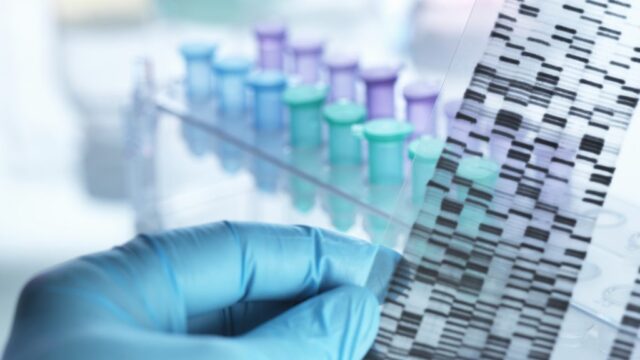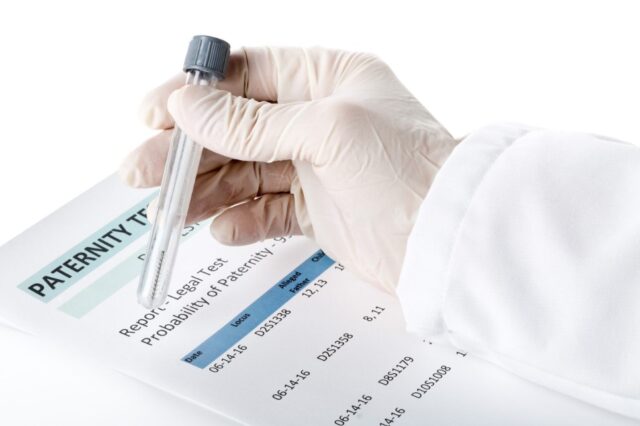
Paternity testing plays a pivotal role in our modern society, helping to clarify familial relationships, legal rights, and even medical histories.
This piece aims to debunk some of the prevalent myths surrounding paternity testing and shed light on the actual facts.
The Science Behind Paternity Testing
At the heart of every paternity test is DNA. DNA profiles are used to determine whether an individual is the biological parent of another. This is achieved by examining specific genetic markers inherited from our parents.
The current techniques for paternity testing include polymerase chain reaction (PCR) and restriction fragment length polymorphism (RFLP). DNA testing is the most advanced and accurate method to determine parentage.
In a typical DNA paternity test, the probability of parentage is 0% when the alleged parent isn’t biologically related to the child. In contrast, the probability is usually 99.99% when they are related.
Fun Fact: Did you know that rare individuals, known as “chimeras,” have at least two different sets of genes? This can lead to a false negative result if their reproductive tissue has a different genetic make-up from the tissue sampled for the test.
Myth 1 ─ 100% Accuracy of Paternity Tests

Many believe that paternity tests are always 100% accurate. While DNA testing is highly accurate, it’s essential to understand that no test is infallible.
Factors such as lab errors, sample contamination, or even rare genetic conditions can influence accuracy. In reality, while a negative result is definitive, a positive result typically indicates a 99.99% probability of parentage.
Pro Tip: Always choose a reputable testing facility to ensure the highest accuracy.
Fact 1 ─ Variability in Test Results
Genetic variations and mutations can sometimes lead to discrepancies in test results. For instance, chimeric individuals, who possess two sets of genes, might receive a false negative.
It’s crucial to interpret results with a comprehensive understanding of genetics and potential anomalies.
Fun Fact: The DNA of an individual is the same in every somatic (nonreproductive) cell. This means that DNA from a cheek swab can be compared to DNA from any other part of the body!
Myth 2 ─ Complex and Invasive Testing Procedures

There’s a common misconception that paternity tests are always invasive and complicated. In reality, the most common method involves a simple cheek swab, which collects buccal cells from the inside of a person’s cheek.
This non-invasive method is just as accurate as more invasive methods. With advancements in technology, even prenatal paternity testing can now be performed non-invasively using the mother’s blood.
Pro Tip: If considering a prenatal paternity test, opt for the non-invasive blood draw method to eliminate any risk of miscarriage.
Fact 2 ─ Privacy and Confidentiality
One of the primary concerns that individuals have when considering a paternity test is the privacy and confidentiality of their data. Rest assured, reputable testing facilities handle each case with the utmost confidentiality.
They understand the intensely personal nature of such tests and take every measure to safeguard your privacy. It’s essential to choose a facility that adheres to strict data protection standards and ensures that your information remains secure.
Pro Tip: Always inquire about the data protection measures in place when selecting a testing facility.
Myth 3 ─ Paternity Testing Only in Doubtful Cases

Paternity testing isn’t just for those in doubt. While it’s true that many tests are conducted due to uncertainties, there are numerous other reasons people opt for them. These include legal requirements, medical histories, genealogical research, and more.
It’s crucial to understand that paternity testing serves a broader purpose and isn’t solely about addressing doubts. By recognizing its varied applications, we can work towards removing the stigma associated with testing.
Fun Fact: A landmark study suggests that as many as 30% of children involved in a paternity test are being raised by men who believe they are the fathers but aren’t.
Fact 3 ─ Emotional and Psychological Impacts
The emotional and psychological implications of paternity testing can’t be understated. For many, the results can be life-changing, affecting family dynamics and personal identities. It’s essential to approach the process with sensitivity and understanding.
Open communication within the family and seeking counseling can help navigate the emotional complexities that may arise. Recognizing potential outcomes and managing expectations is crucial for everyone involved.
Pro Tip: Consider seeking family counseling or therapy to navigate the emotional aspects of paternity testing.
Myth 4 ─ Immediate Results and Instant Gratification

While popular TV shows might have us believe that DNA test results are instantaneous, the reality is far from it. The portrayal of super-fast, one-hour results is pure fiction.
In real life, once samples reach the lab, results typically take two business days. It’s essential to set realistic expectations and understand that the testing process requires time and precision.
Fun Fact: Despite the wait, the accuracy and clarity provided by paternity tests make them invaluable.
Fact 4 ─ Legal vs. Home Testing
Understanding the distinction between legal and at-home tests is crucial. While at-home kits are convenient and affordable, their results might not be admissible in legal contexts such as child support or custody cases.
For any legal purposes, it’s essential to opt for a test that meets the necessary legal standards and is conducted under the right conditions.
Pro Tip: If you anticipate needing the test results for legal reasons, ensure you choose a test that is legally admissible.
Myth 5 ─ One-Size-Fits-All Approach

Every individual and situation is unique. While there are standard procedures in place, it’s essential to recognize that paternity testing can be tailored to specific needs.
Whether it’s determining the type of test, the method of sample collection, or the way results are delivered, individual considerations play a significant role. Always consult with professionals to get personalized advice tailored to your situation.
Fact 5 ─ Ethical Considerations and Informed Consent
Informed consent is a cornerstone of any medical or genetic test, and paternity testing is no exception. It’s essential to ensure that all parties involved understand the implications of the test, especially when minors are involved.
Upholding ethical standards is paramount to ensure the rights and well-being of everyone involved are protected.
Wrapping Up
We’ve journeyed through the intricate world of paternity testing, debunking myths and highlighting facts. It’s my hope that this information empowers you, providing clarity and encouraging open conversations about the subject.
Knowledge is power, and with the right information, we can make informed decisions that impact our lives and the lives of our loved ones.







